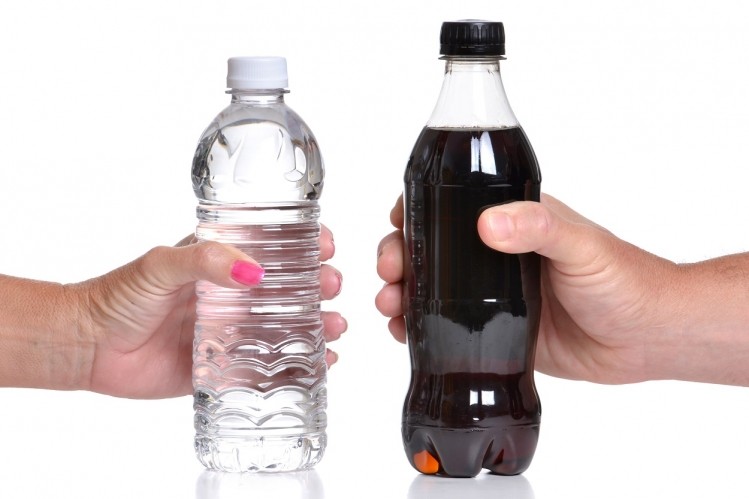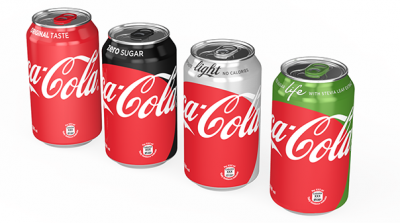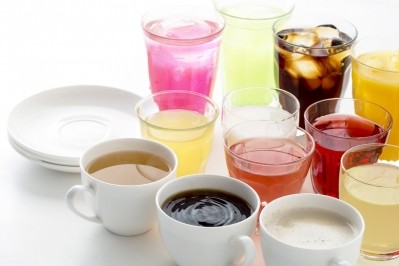Warning labels on sugary drinks play ‘statistically significant’ role in reducing obesity, study suggests

The study used computer modeling (similar to the computer game SimCity) to simulate daily activities like food and beverage shopping among consumers in Baltimore, San Francisco, and Philadelphia.
Over the course of a simulated day, various virtual people in the models would go about their normal routines, periodically stopping at different food and beverage locations. At a given location, a person could either purchase a sugary drink or an alternative unsweetened drink such as water.
The model simulated, over a 7-year period, the mean change in BMI and obesity prevalence in each of the cities from sugar-sweetened beverage warning label policies.
“A warning label is able to decrease a person’s chance of purchasing a sugary beverage by 4%, when nearly half of children cannot read the labels or when many people replace drinking soda with eating more,” lead author, Bruce Y. Lee, MD, MBA, and executive director of the Bloomberg School’s Global Obesity Prevention Center.
The virtual warning labels contained messaging noting how added sugar contributes to tooth decay, obesity, and diabetes. In addition, the visual layout of the label plays a large role in modifying a consumer’s behaviors, according to the study.
“This study also highlights the importance of warning label design,” Marie C. Ferguson, MSPH, research associate at the GOPC, said.
“Efforts to increase readability and incorporate memorable visuals may increase warning-label efficacy and ultimately promote an even greater impact.”
Changing public health policy
The computer modeling method allows policymakers to gauge the potential effects of implementing warning labels on SSBs without an upfront expense. Results from the study suggest that targeting supermarkets would be the most productive, researchers said.
At 8% warning-label efficacy, the warning labels implemented only at supermarkets reduced overweight and obesity prevalence by 0.94% in Baltimore, 0.41% in San Francisco and 0.85% in Philadelphia. When the intervention only targets small grocers, the overweight and obesity prevalence reduction is less effective: 0.73% in Baltimore, 0.29% in San Francisco and 0.57% in Philadelphia.
“A single intervention or single policy is not going to be enough to curb the obesity epidemic or the childhood obesity epidemic,” Lee said.
“Combinations of different policies and interventions will be necessary. Our results suggest that SSB warning labels could be a helpful part of these combinations.”
Source: American Journal of Preventive Medicine
http://dx.doi.org/10.1016/j.jand.2015.05.020
“Simulating the Impact of Sugar-Sweetened Beverage Warning Labels in Three Cities”
Authors: Bruce Y. Lee, MD, MBA, et al.







